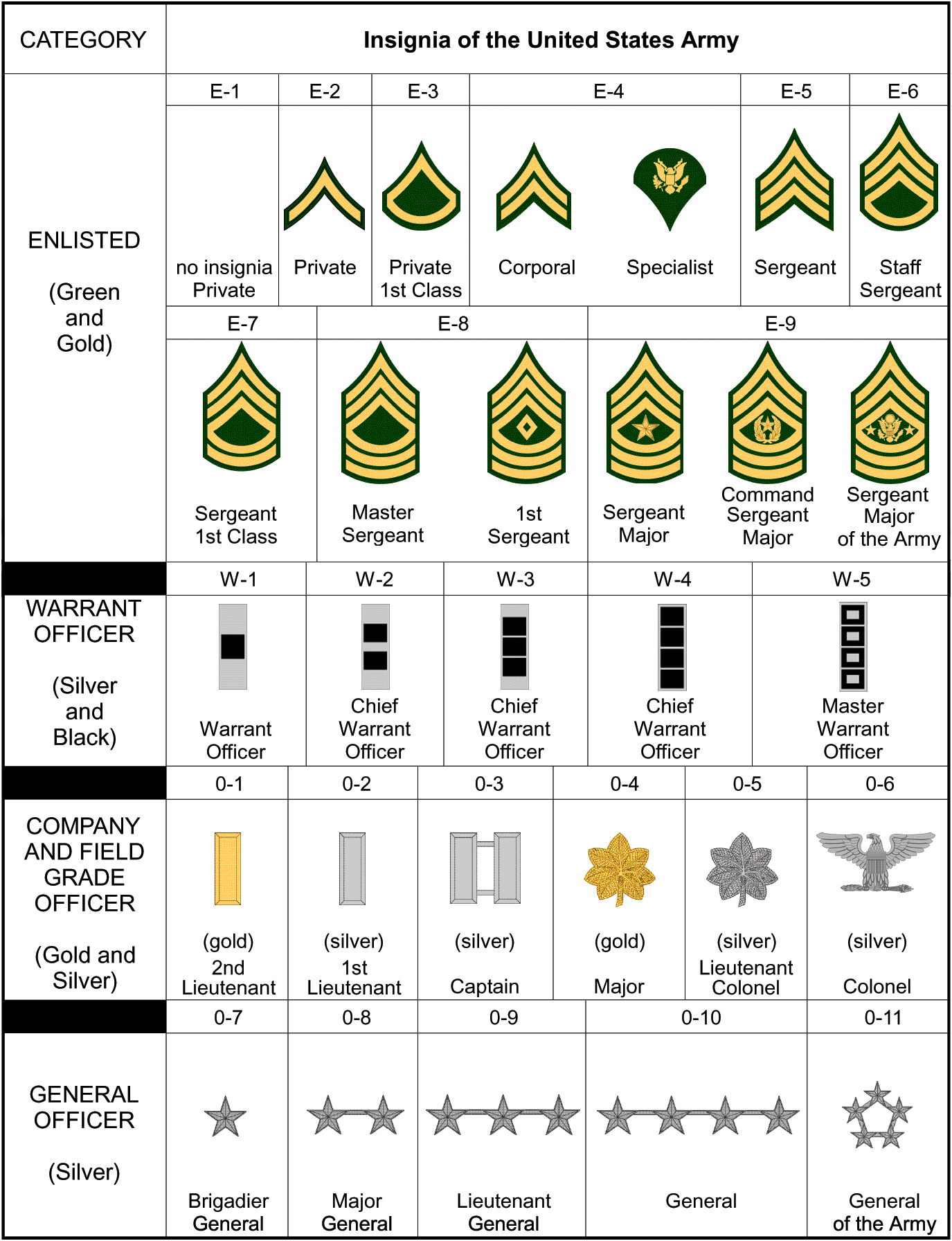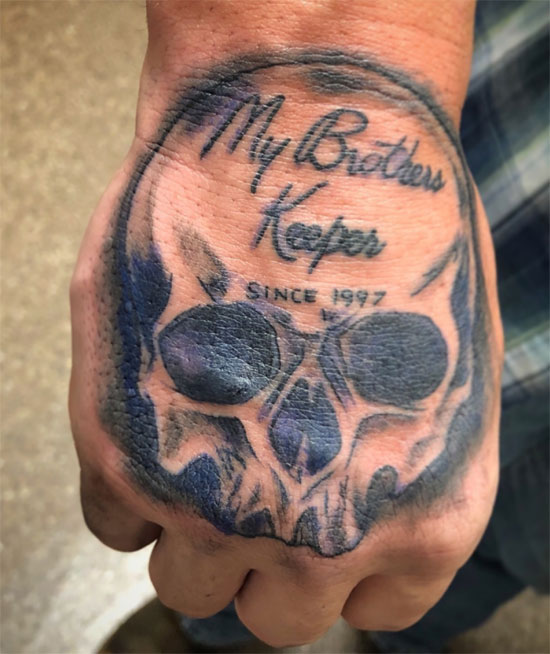Military Officer Rank Insignia Guide

Introduction to Military Officer Ranks

The military is a hierarchical institution with a well-defined chain of command. One of the key components of this hierarchy is the ranking system, which indicates an officer’s level of authority, responsibility, and expertise. Understanding military officer rank insignia is essential for identifying an officer’s position and showing respect for their role. In this guide, we will explore the different ranks in the military, their corresponding insignia, and the responsibilities associated with each rank.
Military Officer Ranks and Insignia

The military officer ranks can be broadly categorized into three groups: company-grade officers, field-grade officers, and general officers. Each rank has a unique insignia, which is worn on the officer’s uniform to indicate their position.
- Company-Grade Officers: These officers are typically in charge of small units, such as platoons or companies. The company-grade officer ranks include:
- Second Lieutenant (2LT): One gold bar
- First Lieutenant (1LT): One silver bar
- Captain (CPT): Two silver bars
- Field-Grade Officers: These officers are typically in charge of larger units, such as battalions or brigades. The field-grade officer ranks include:
- Major (MAJ): One gold oak leaf
- Lieutenant Colonel (LTC): One silver oak leaf
- Colonel (COL): Eagle insignia
- General Officers: These officers are the highest-ranking officers in the military and are responsible for making strategic decisions. The general officer ranks include:
- Brigadier General (BG): One-star insignia
- Major General (MG): Two-star insignia
- Lieutenant General (LTG): Three-star insignia
- General (GEN): Four-star insignia
Responsibilities and Authority
Each military officer rank comes with unique responsibilities and authority. Understanding these responsibilities is essential for effective leadership and decision-making.
- Company-Grade Officers: These officers are responsible for leading small units and making tactical decisions. They are also responsible for mentoring and training junior officers and enlisted personnel.
- Field-Grade Officers: These officers are responsible for leading larger units and making operational decisions. They are also responsible for developing and implementing strategic plans.
- General Officers: These officers are responsible for making strategic decisions and providing guidance to lower-ranking officers. They are also responsible for representing the military in official capacities.
Wearing of Insignia

The wearing of insignia is an important aspect of military protocol. Officers are required to wear their insignia on their uniform to indicate their rank and position.
| Rank | Insignia | Uniform Placement |
|---|---|---|
| Second Lieutenant | One gold bar | Shoulder or collar |
| First Lieutenant | One silver bar | Shoulder or collar |
| Captain | Two silver bars | Shoulder or collar |
| Major | One gold oak leaf | Shoulder or collar |
| Lieutenant Colonel | One silver oak leaf | Shoulder or collar |
| Colonel | Eagle insignia | Shoulder or collar |
| Brigadier General | One-star insignia | Shoulder or collar |
| Major General | Two-star insignia | Shoulder or collar |
| Lieutenant General | Three-star insignia | Shoulder or collar |
| General | Four-star insignia | Shoulder or collar |

💡 Note: The wearing of insignia may vary depending on the specific branch of the military and the uniform being worn.
In summary, understanding military officer rank insignia is essential for identifying an officer’s position and showing respect for their role. Each rank has a unique insignia, which is worn on the officer’s uniform to indicate their position. By understanding the different ranks and their corresponding insignia, individuals can better navigate the military hierarchy and show respect for those in positions of authority.
As we reflect on the importance of military officer rank insignia, it is clear that these symbols play a vital role in the functioning of the military. By recognizing and respecting these insignia, we can demonstrate our appreciation for the men and women who serve in the military and uphold the values of honor, duty, and country.
What is the highest-ranking officer in the military?

+
The highest-ranking officer in the military is the General (GEN), who is a four-star general.
What is the difference between a company-grade officer and a field-grade officer?

+
A company-grade officer is typically in charge of a small unit, such as a platoon or company, while a field-grade officer is typically in charge of a larger unit, such as a battalion or brigade.
How do officers wear their insignia?

+
Officers wear their insignia on their uniform, typically on the shoulder or collar, to indicate their rank and position.



